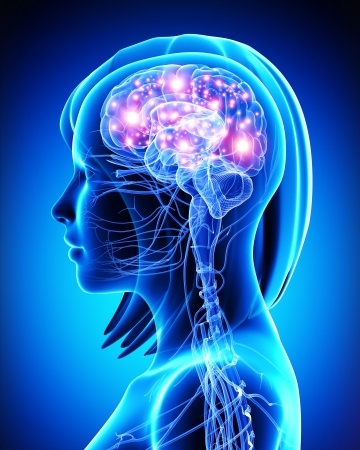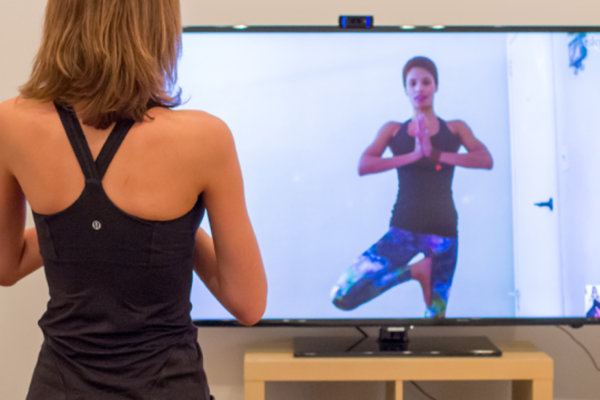We walk through the world as if in a dream. We seem to wake up each morning and engage the real world. We work and play, earn and pay. We live and love, we struggle and cry. At night, we sleep and engage the dream world; swirling stories, mythical in proportion, epic struggles, simple in delight.
But, could it all be a dream? One dream, with two parts: The day and the night; the dark and the light. The Vedas define the dream as impermanence. That which is transient is an illusion. Only that which is unchanging is real. There is only one thing that is unchanging. That is the Divine, the eternal.
Vedic knowledge tells us that to get caught up in the dream as if it is real is to suffer. We suffer when we lose perspective and believe in the transient. Whether body or mind, day or night, or waking or dreaming, to get caught up in the dream as if it is real is to struggle with issues of attachment and control, and the emotions they generate as we lose control. Fear of losing what is important to us is the by-product of attachment to the dream. Anger over not getting what we want is the by-product of trying to control the dream and failing. We can no more control the dream than we can control the tide which flows in and out.
How beautiful to watch the ocean! The waves overlaying the tide. Constant movement. Beauty in a shifting landscape. The ocean view: perspective, tide pools, shapely rocks and cliffs. The kids laugh and play on the slowly shifting sands. Parents relax in the light of the sun, one eye on the children.
Ayurveda teaches us that deep peace cannot be found in motion. Excitement and fun yes, but peace and bliss no. Motion brings stress and stress brings disease. Those with a vata nature move the most. Those with a vata imbalance suffer the most. Vata is dominated by air, and air means motion. Yoga tells us that it is the movement of the mind (vrittis), caught up in drama, that is the source of suffering. This too is vata. Ayurveda tells us that no matter what your constitution (balance of the three doshas) it is vata (motion) that is the root of most disease.
Sri Sankaracharya, one of the most highly revered ancient sages, beckoned us to wake up from the dream and break through the illusion. Behind the illusion lies true bliss, unconditional love, peace. Behind the illusion is the Divine. The Divine is always there, we simply forget. The Divine is in all of creation, the Light and the Dark, Day and Night, Waking and Dreaming. See God in all of creation and be free of the stress. With this awareness, there is no attachment. There is no fear, no anger. Ayurveda teaches us that forgetting this truth is the primordial cause of all suffering. From here, we get caught up in drama, the mind moves, stress builds, poor choices are made, and we misuse our senses. Disease is the end result.
Buddhist mindfulness practices teach us that though we may not be able to still the mind, we can become the observer of the flow through it. Though we may not be able to stem the tide of change in our lives, we can peacefully observe it and not get caught up in the drama. Behind the veil of the drama we watch is the breath of life, ever-moving in and out.
The role of Ayurveda is to help us to heal so that we can continue our spiritual journey. What is that journey? It is the journey of awakening to the Divine within ourselves and all of creation… it is the journey of transcending worldly drama (samsara)…. it is the journey of living truth (satya) and finding peace (shanti). The fruit of this journey is to experience the oneness and wholeness (yoga) that has been ever-present. It is to be eternally happy (kaivalya) and to be neither awake nor asleep but to be truly conscious (turiya). There we find perfect health (svastha).
Om Shanti, Dr. Marc Halpern (The California College of Ayurveda)








